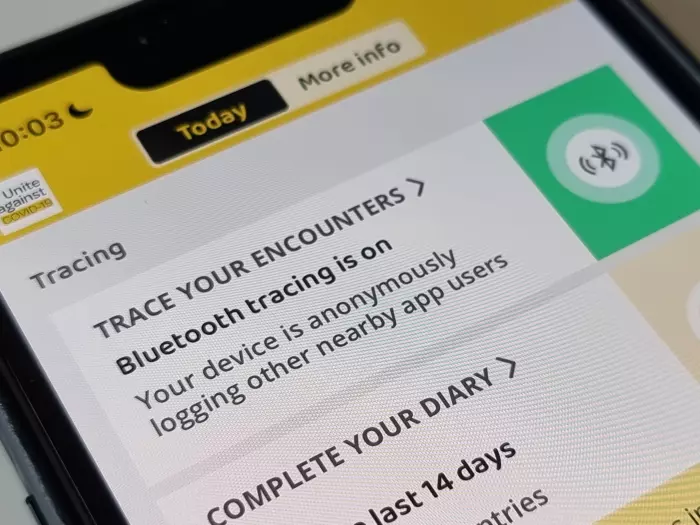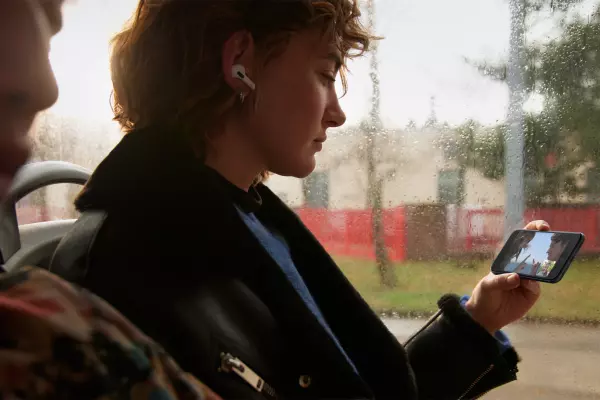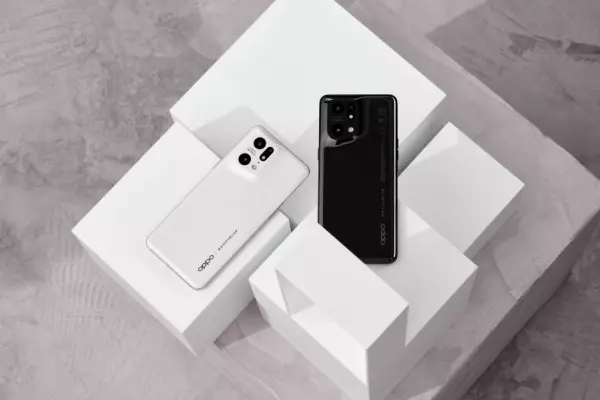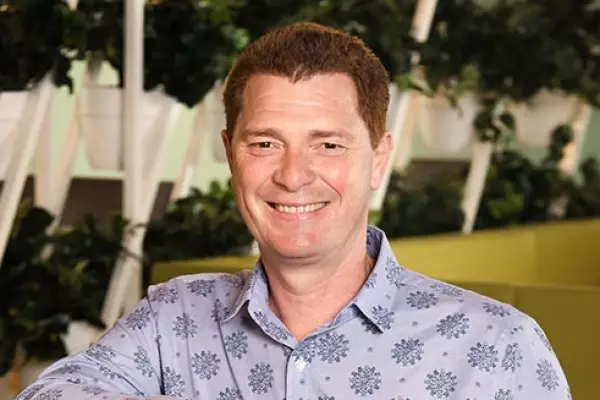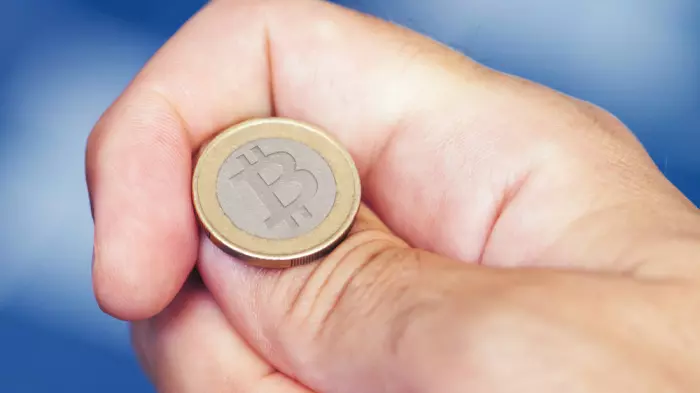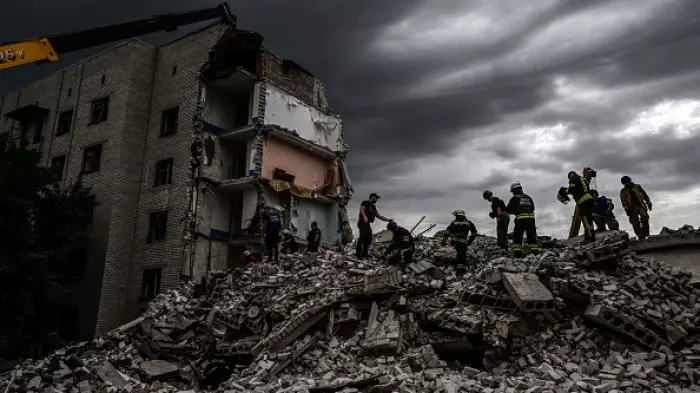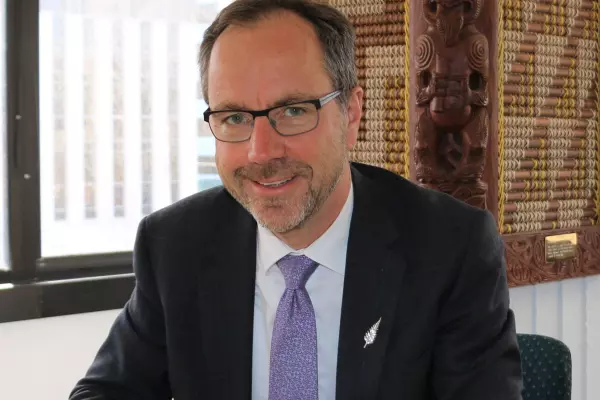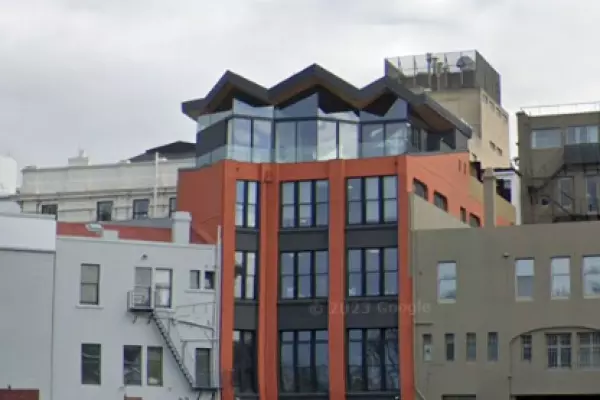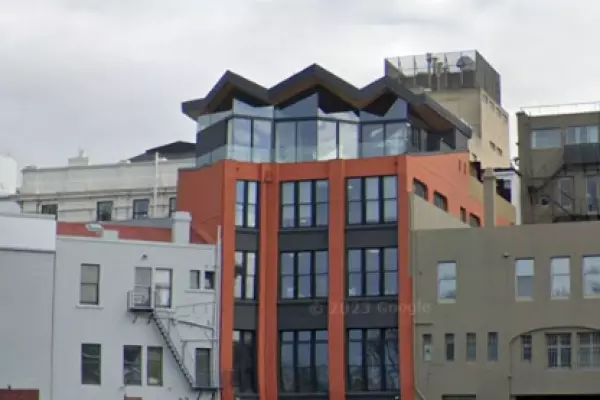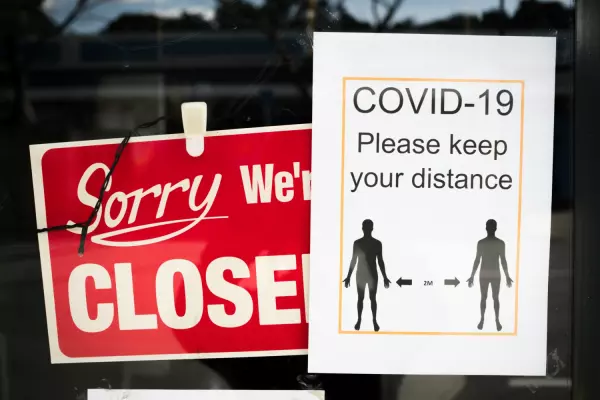Bluetooth tracing in the NZ covid tracer app will continue to be used, the Ministry of Health has confirmed, despite director general of health Ashley Bloomfield stating Monday it would likely be phased out.
“We are not expecting to stop using Bluetooth tracing,” Shayne Hunter, the ministry’s deputy director general data and digital told BusinessDesk.
“The ministry will continue to ensure it is used appropriately and is supporting the response.”
A a press conference on Monday, Bloomfield had said Bluetooth would be used into phase two until the numbers get quite high, referring to covid-19 daily cases.
“It certainly has some utility, but we would likely phase it out towards the end of phase two.”
BusinessDesk understands this came as news to some in the ministry, who were caught off guard by Bloomfield’s comments.
New Zealand is in phase two of the government's omicron response plan, with phase three expected when daily new case numbers are in the high thousands.
Used alongside QR code scanning, the Bluetooth tracing function, which was developed by Apple and Google as an international standard, works in the background on smartphones to ping other nearby devices creating an anonymised digital log of devices in proximity.
When someone tests positive for covid, they can choose to share this log with contract tracers, who can then use it to send alerts to people who may be at risk of infection.
Figuring it out
Information earlier released to BusinessDesk under the Official Information Act (OIA) showed from Feb 25, 2021, to Jan 30, 2022, the ministry of health sent 1,317 close contact alerts based on the Bluetooth tracing function of the tracer app, compared to 127,469 based on QR code scans.
"We of course have to build a system that works beyond this technology, because not everyone is using it," prime minister Jacinda Arden said on Monday.
Bluetooth tracing won't work if people do not opt in in the app, if they turn off the Bluetooth function of their smartphone, or if their smartphone is too old to support the function. iPhones need to be running at least iOS 12.5, and Android phones at least Android 6.
New data released Tuesday by the ministry showed 2,596 alerts based on Bluetooth tracing had been sent from Feb 1 to Feb 14, a marked rise in use of the function.
That said, Bloomfield said at a briefing on Wednesday that Bluetooth was the source of only 1% of all close contact notifications.
The ministry’s website states that in phase three of the response there will be “limited use of push notifications, locations of interest or Bluetooth” to identify potential contacts of positive cases.
“Only highest risk contacts will be traced and required to isolate,” it says.
“Bluetooth tracing and scanning in continues to be a meaningful record for people of where they’ve been,” Hunter said. “Scanning especially is important as it provides people with their own secure, digital record of their movements.
“The National Investigation and Tracing Centre has and continues to regularly encourage Public Health Units to use Bluetooth functionality throughout this outbreak and confirmed that this is part of standard operating procedures.
“Contact tracers have also continued to use traditional methods of identifying, tracing, testing and isolating – which have been able to be used to good effect to date.”
New phase
Hunter’s clarification was made Wednesday, the same day the ministry presented to media on how it expects people to comply with self-isolation rules, with an emphasis on how people are expected to “self-manage” their illness.
Bloomfield said Wednesday the ministry had not considered using GPS technology in smartphones to track people’s whereabouts and ensure they comply with isolation rules.
“Clearly, that (monitoring) is not possible to do with such large numbers of cases,” he said. “I have a high level of confidence that people will be wanting to do the right thing.”
Pulse oximeters, devices that monitor blood oxygen levels, have been given out in the thousands to those deemed to require one after assessment.


